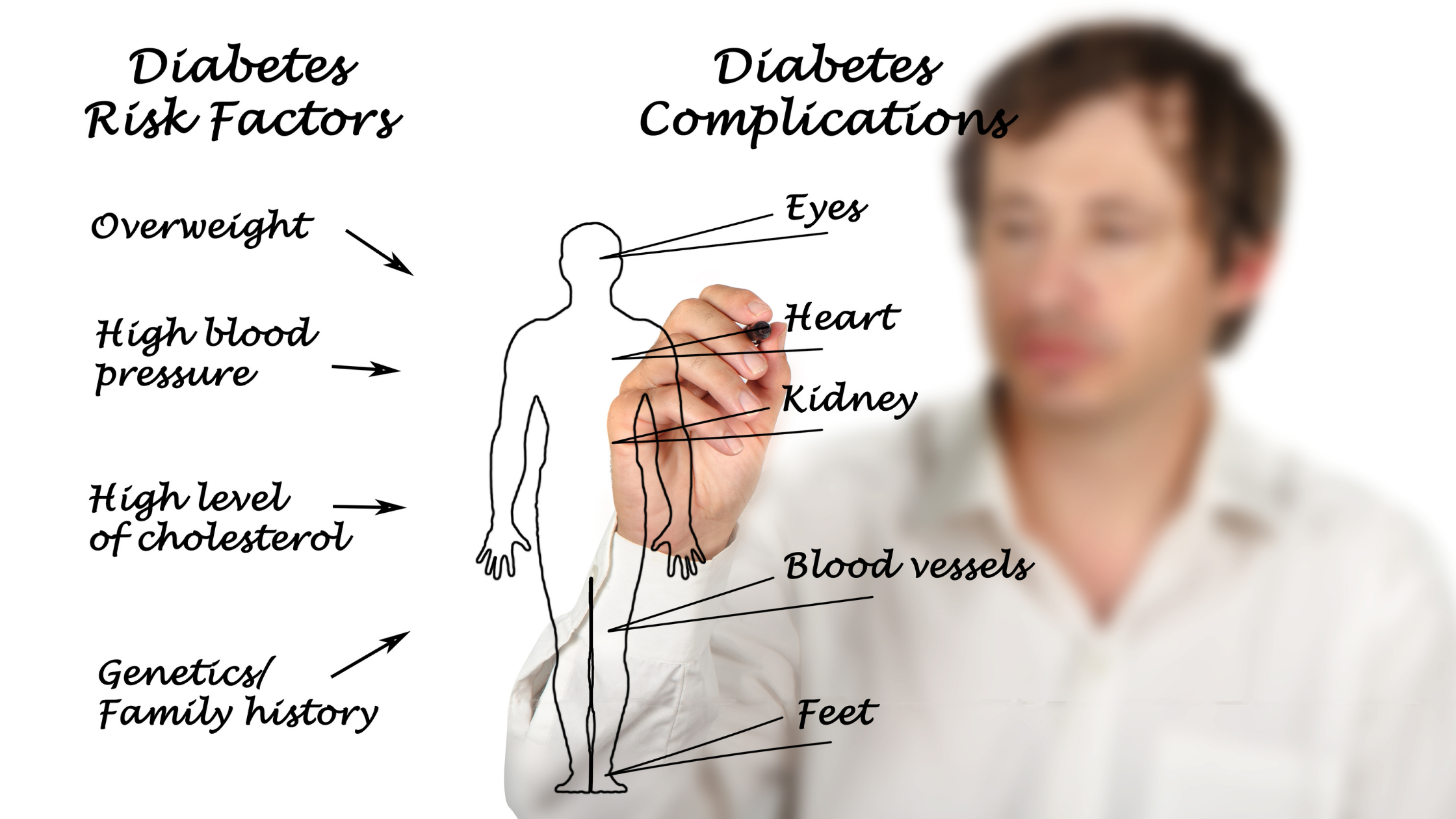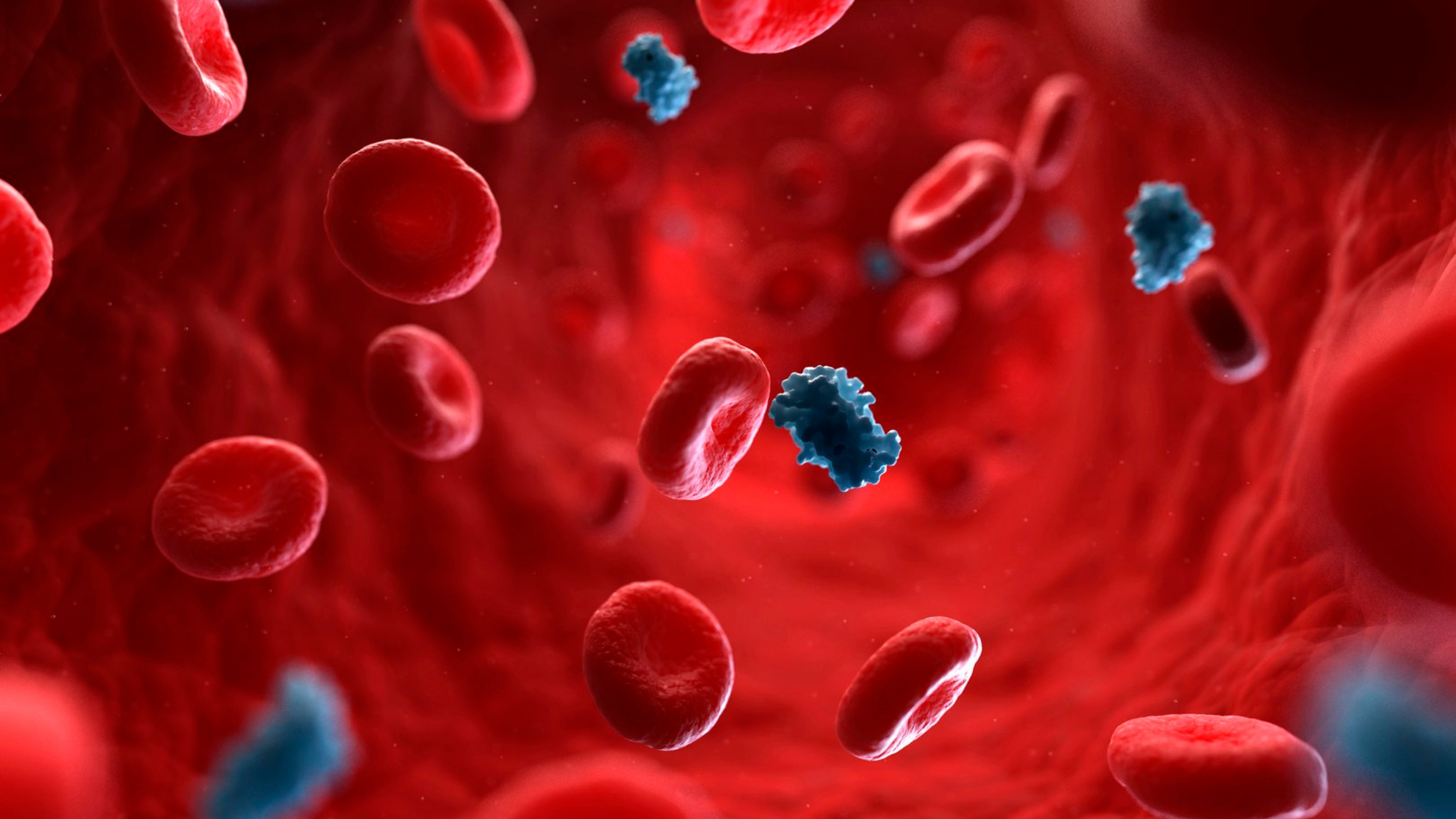How to Reverse Prediabetes (Yes, It's Possible)
Written by Tye Medical on May 27th 2021
More than one in three American adults have prediabetes, and most of them don't know it. But if your doctor detects this condition early, you can take steps to reverse prediabetes and even prevent a type 2 diabetes diagnosis.
This encouraging news can motivate you to request annual screenings. Typically, your doctor will perform at least one blood test to screen for diabetes during your annual physical, which is another crucial reason not to skip your wellness checkup.
If you've received news that your blood sugar levels are in the prediabetic range, don't despair. Most people can make some fundamental lifestyle changes that change the trajectory of their diagnosis.
But for some, no dietary changes or exercise will prevent the onset of type 2 diabetes. This is typically due to genetics and family history.
However, implementing changes will help you manage the condition and live a healthier life, even if you can’t prevent it.
So, regardless of whether you're prediabetic or have developed diabetes, you can benefit from these steps to slow or reverse rising blood sugar levels.
Why Diabetes Is a Big Deal (Even Today)

It's sometimes tempting to look away and avoid a problem, especially when it comes to your health. It’s easy to think that if you don't address a problem, maybe it will go away. It's human nature.
However, untreated diabetes has serious consequences that can lead to:
- Stroke
- Kidney disease
- Heart disease
- Loss of vision
- Nerve damage (neuropathy)
- Amputation
- Variety of skin conditions and infections
- Death
If you want to reverse prediabetes, ignoring it isn't an option. The disease will progress if left unchecked. Regular annual diabetes screenings will help you detect insulin resistance in its early stages, thereby preventing organ damage.
What You Need to Know About Prediabetes

If you're prediabetic, your blood sugar levels are higher than average but not within the diabetic range.
In other words, you're on track for developing diabetes if nothing changes. As mentioned above, if you're genetically predisposed to developing the condition, you might not be able to reverse prediabetes. However, you can manage a diagnosis effectively.
But why are your blood sugar levels elevated? What is going on inside your body?
Cells in your brain, heart, muscles, and tissues use glucose for energy. Your pancreas makes a hormone called insulin, and it's the key that unlocks the doors to your body's cells, ushering in glucose from your bloodstream.
Glucose powers your body, but your cells won’t receive it without insulin.
If you are prediabetic or diabetic, your pancreas can't produce enough insulin to keep up with your body's carbohydrate consumption or energy needs. The unused glucose remains in your bloodstream, circling through your body but not entering the cells where it's needed.
Insulin-resistant diabetes means that your body can’t use the insulin it produces, because your cells won't unlock, confining glucose to your bloodstream.
The elevated blood sugar (glucose) levels are what wreaks havoc on your body when the condition isn't managed through lifestyle, medication, or prescription insulin.
However, if your blood glucose levels haven't reached the diabetic range, you still have a chance to reverse prediabetes if you take the proper steps.
Revamp Your Diet

If you've ever known a diabetic, you've probably heard that carbs are bad for blood sugar. This is because your body breaks down carbohydrates like pasta, bread, beans, corn, oats, and sugar into glucose that enters your bloodstream.
And if your pancreas isn't generating enough insulin, or if you're insulin resistant, the glucose remains in your bloodstream. The more carbs you eat, the more glucose runs rampant in your blood. Meanwhile, your cells are deprived of vital energy.
Eating too many carbs only intensifies the insulin shortage or insulin resistance problem.
One big dietary change is to reduce your carb intake. But not all carbs are created equal, although all of them are eventually broken down into glucose.
Eat Complex Carbs and Avoid Simple and Refined Carbs
Complex carbs like oats, whole grains (like brown rice and quinoa), vegetables, and beans break down more slowly over a more extended period. This keeps your blood sugar levels more stable. But this doesn't mean you can eat as much of them as you want. You'll still want to monitor your portions to help reverse prediabetes.
But refined carbs like white bread, rice, and processed foods break down quickly in your body, spiking your blood sugar levels (and potentially causing internal damage). This is also true of simple carbs like sugar, jelly, honey, candy, juices, etc. Eat as few simple and refined carbs as possible.
Eat Less Red and Processed Meat
Red and processed meats also elevate blood sugar, likely due to the high levels of amino acids and iron that can promote insulin resistance. It's best to reduce your intake or pass on these foods altogether. Try eating more seafood, poultry, and vegetarian protein like tofu and tempeh.
Avoid Saturated Fat and Embrace Healthy Fats
Healthy fats include monounsaturated and polyunsaturated fats that help reduce blood sugar levels and prevent insulin resistance. However, scientists have yet to understand why healthy fats have such a positive effect on glucose levels.
Find the Right Diet for You
Diabetic-friendly eating plans should be low-carb and high in healthy fats (but within your calorie limit). The most common diets for reversing prediabetes (and for diabetics) are:
Inspired by Mediterranean cuisine, this eating plan emphasizes eating fish, poultry, whole grains, fruits, vegetables, and healthy oils.
Originally developed to help people fight whole-body inflammation, this eating plan can also combat the onset of diabetes. It's based on the Mediterranean Diet but encourages you to eat more plant-based and avoid dairy. It is basically a whole food plant-based diet. (That is, whole foods rather than processed or prepackaged foods.)
Regardless of the eating plan you choose, keep these facts in mind as you aim to reverse prediabetes:
- Even healthy foods have calories, so you still must limit portions sizes and monitor your calories, at least until your new eating habits become more natural. Eventually, you'll learn what food choices and portion sizes align with your calorie needs.
- You must limit how many whole-grain carbs you eat. Whole grain carbs are a better choice, but they still need to be consumed in moderation. Most people combating diabetes aim for 45-60 grams of carbs (all carbs) each meal and 15-20 grams for each snack. You'll need to find the carb limits that work best for your body.
- Don't eat for at least two hours before bedtime. At night, your body breaks down the sugar (glucose) stored in your liver. Eating too close to bedtime can overload the liver and throw off this critical process.
It's a good idea to ask your primary care provider to refer you to a dietician or nutritionist who can offer guidance and advice based on your specific needs.
Embrace Exercise

Exercise. Exercise. Exercise. We hear it often, and that's because exercise improves so many health conditions and can help reverse prediabetes.
The best exercise is the kind you enjoy (at least more than others). If you hate all exercise, choose something that's the least offensive to you, and in time, it will likely grow on you. When it's something you can learn to like, you'll be more consistent.
But why is exercise so helpful in pushing back against diabetes? It helps manage your blood glucose levels for up to 48 hours afterward. So, you continue reaping the benefits from one day to the next. This means that even if you don't exercise as frequently as is recommended, it's still helpful to get your blood flowing at least every other day.
Additionally, when you lose fat and gain muscle, your muscles become more sensitive to insulin (rather than resistant), lowering your blood sugar levels.
Exercise Guidelines for Prediabetes
If you want to prevent diabetes, follow these exercise and activity guidelines:
- Exercise 30 minutes per day, five days per week.
- If you have a strong family history of diabetes, exercise 45-60 minutes, five days per week.
- You can divide your daily exercise into smaller blocks of time, such as 10 minutes three times per day, or 30 minutes twice per day.
- Don't sit too long. At least once each hour, get up and walk around. Aim for a minimum of 250 steps per hour.
Walking, weightlifting, and yoga are a few of your best exercise options to reverse prediabetes.
Are you concerned about bladder leaks while you exercise? Check out our article, Exercising with Stress Incontinence: How to Beat the Leaks.
A Healthy Lifestyle is the Best Weapon for Fighting Diabetes

Not everyone can prevent a type 2 diabetes diagnosis. But many people can push back against its onset if they adopt a healthier lifestyle. And that's not a criticism. Many times, it might seem like you're making good choices. After all, who doesn't love a side of crusty bread with their dinner?
But for overall health and to reverse prediabetes, those crusty bread moments must become the exception rather than the rule.
When you understand the dangers of diabetes, adopt the proper diet, and begin an exercise program you can stick with, you can thrust your blood sugar level back into the normal range.
But realize that if you want to manage your blood sugar levels and stay healthy, these changes are a permanent lifestyle.
Diabetes and Exercise Can Intensify Urinary Incontinence
If you're struggling with elevated blood glucose or have diabetes, you might notice new or worsening bladder leaks. While the symptoms might resolve after stabilizing your blood sugar, you'll need reliable protection until then.
- For moderate to heavy leaks, try our TYE Medical LivDry Protective Underwear.
- For Lighter Leaks, consider our light incontinence pads and underwear.
Always discreet shipping. Always quality you can depend on.


